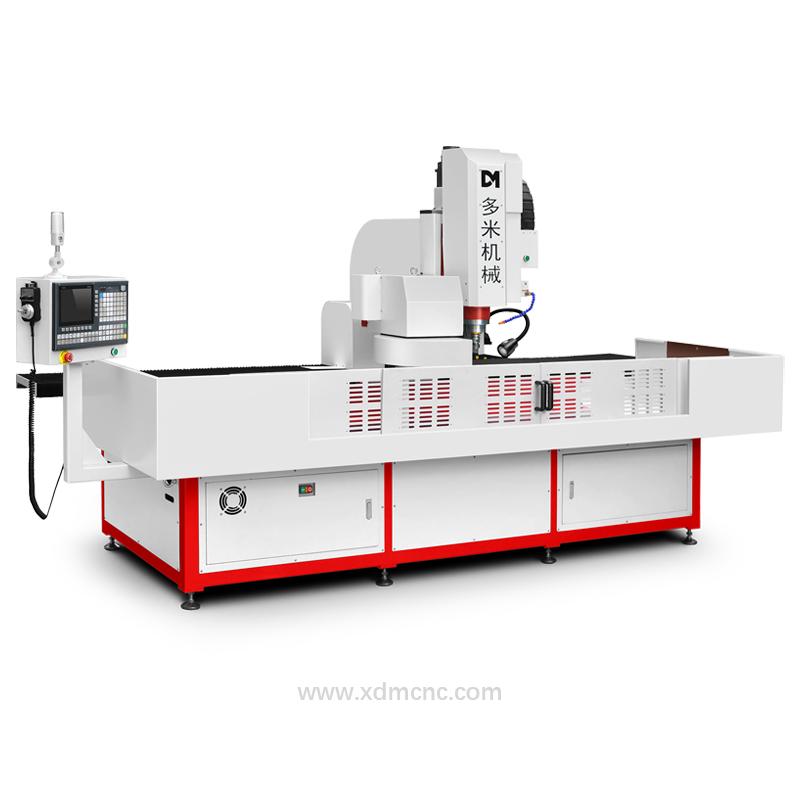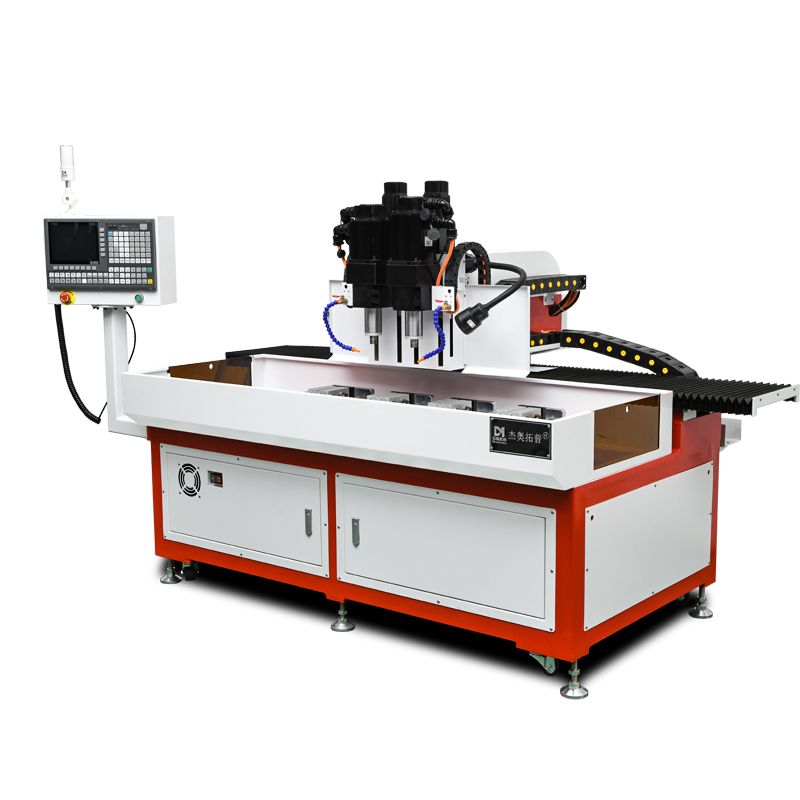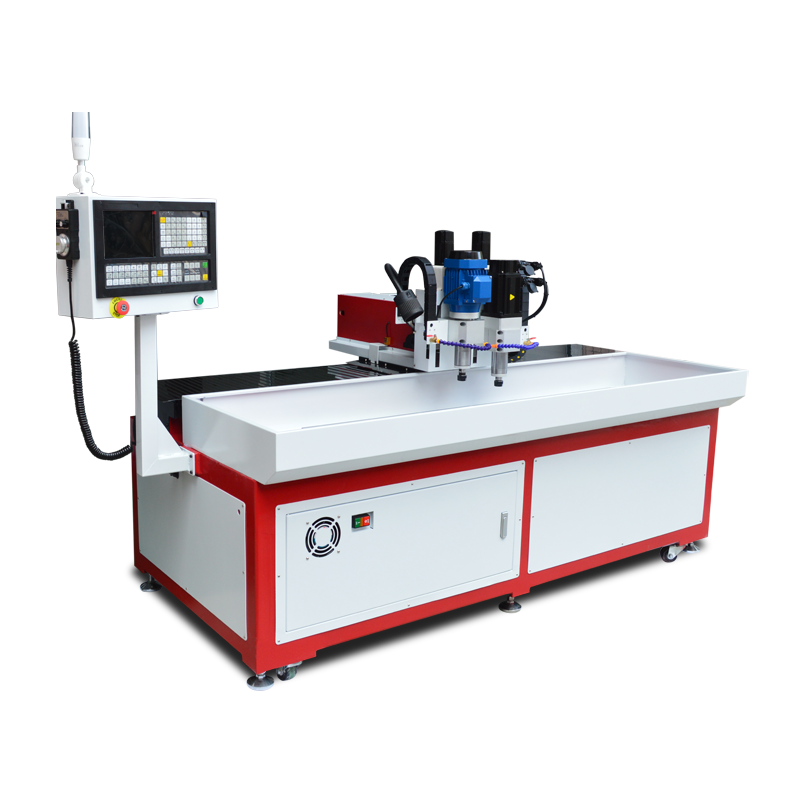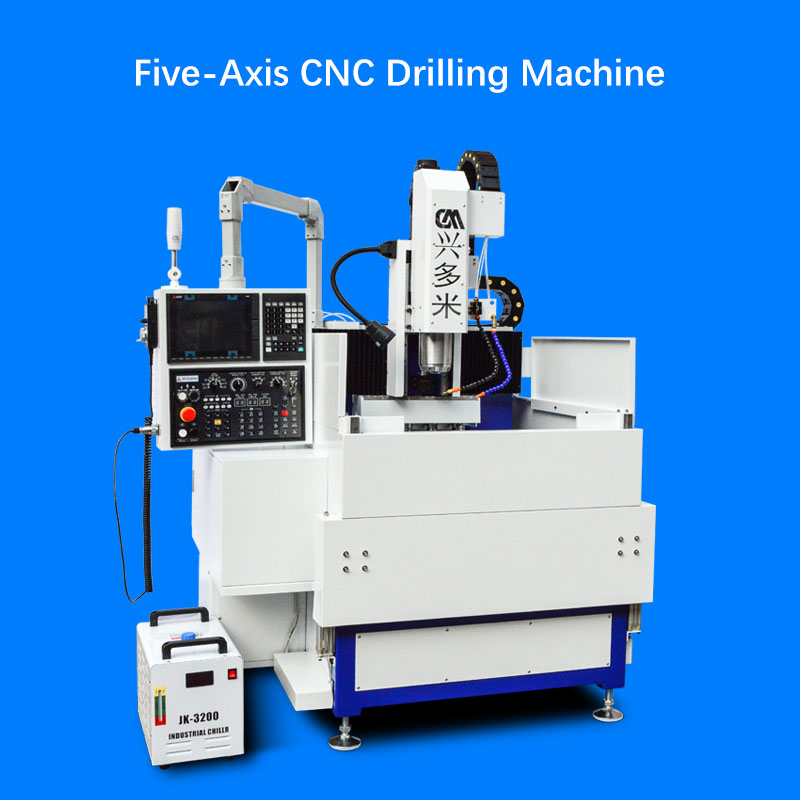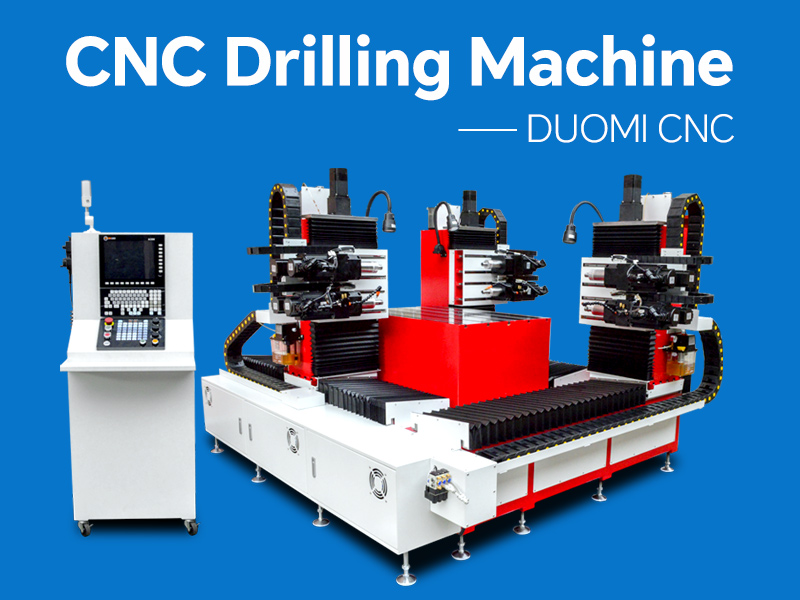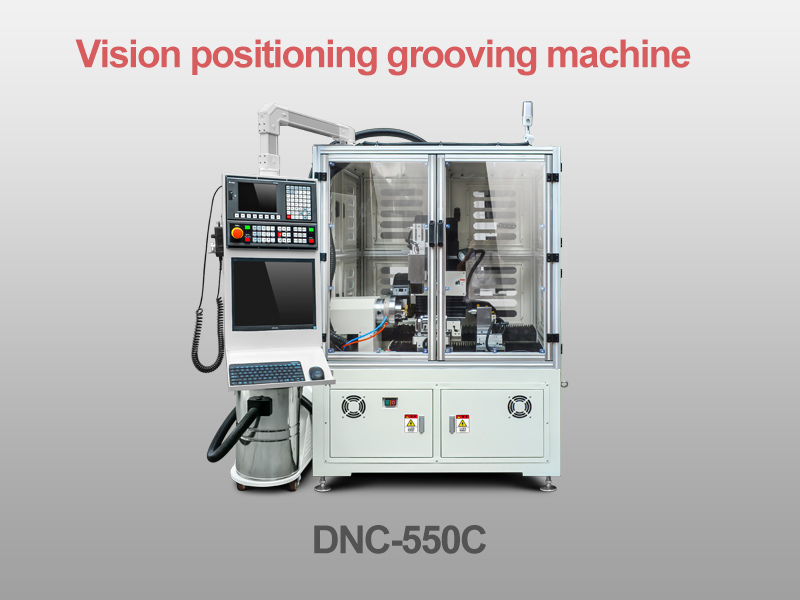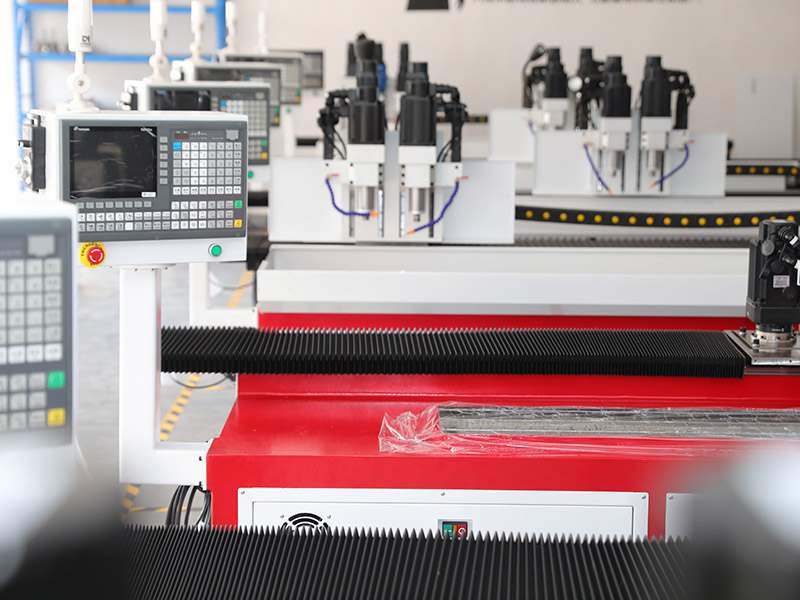Flow drilling and tapping are critical manufacturing processes used to create high-strength, threaded connections in metal components. When applied to seamless steel pipes for long profiles, these techniques ensure precision, durability, and enhanced mechanical performance. This article explores the principles of flow drilling, its advantages, and the subsequent tapping process in the context of seamless steel pipes.
Understanding Flow Drilling
Flow drilling, also known as thermal or friction drilling, is a non-cutting process that utilizes high rotational speed and axial force to generate heat through friction. This heat softens the material, allowing the drill to penetrate and form a bushing with increased wall thickness. The extended material around the hole improves the strength of the threads created in the subsequent tapping process.
Key Benefits of Flow Drilling:
Increased Material Strength: The process work-hardens the surrounding metal, improving mechanical properties.
No Material Loss: Unlike conventional drilling, flow drilling does not produce chips, reducing waste.
Enhanced Thread Engagement: The elongated bushing allows for deeper thread penetration, increasing load-bearing capacity.
Improved Structural Integrity: Seamless steel pipes maintain their structural stability due to the non-cutting nature of flow drilling.
Tapping Process After Flow Drilling
Once a hole is created using flow drilling, the next step is tapping, which forms the internal threads. Tapping in flow-drilled holes ensures a robust thread structure, making the connection suitable for high-stress applications.
Considerations for Tapping:
Thread Depth Optimization: The extended hole wall from flow drilling allows for deeper threads, which enhances holding strength.
Material Hardness Management: Work-hardening from flow drilling can impact tap wear; using high-quality taps or lubricants can mitigate this.
Precision and Alignment: Ensuring proper alignment during tapping is crucial for maintaining thread quality and assembly performance.
Applications in Seamless Steel Pipe for Long Profiles
The combination of flow drilling and tapping is particularly useful in seamless steel pipes for long profiles, where strong and reliable connections are essential. These applications include:
Structural Frameworks: High-load-bearing joints in construction and industrial assemblies.
Automotive and Aerospace Components: Lightweight yet durable connections in chassis and support structures.
Hydraulic and Pneumatic Systems: Secure fittings for pressurized fluid transport.
Manufacturing and Machinery: Precision-engineered components requiring repeatable performance.
Conclusion
Flow drilling and tapping are highly effective techniques for enhancing the mechanical performance of seamless steel pipes used in long profiles. These processes offer superior strength, improved durability, and optimized thread engagement, making them ideal for demanding industrial applications. By leveraging these advanced machining methods, manufacturers can achieve higher efficiency, reduced material waste, and enhanced product reliability.




